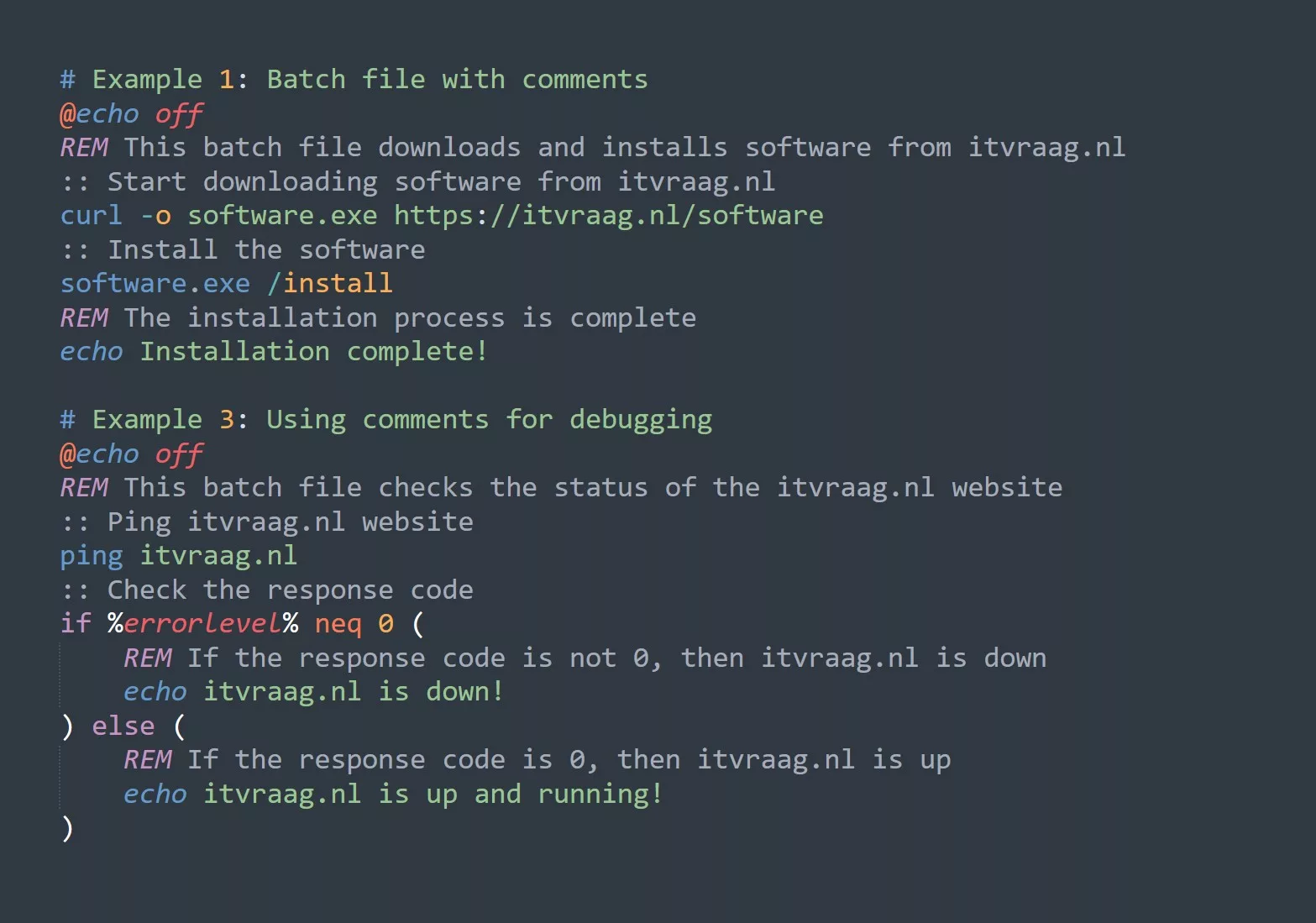Writing a Bash Script to Deploy Software to Multiple Machines
Bash scripting is one of the most powerful and versatile tools for deploying software to multiple machines. This guide will cover the basics of writing a Bash script that can be used to deploy software, along with practical examples and use-cases for power users.
Writing the Script
The first step in writing a successful Bash script is to identify the tasks that must be completed in order to deploy the software. This can include tasks such as downloading the software package, moving it to the correct directory, and executing the installation command. Once all of the necessary tasks have been identified, they can be written as individual commands in the script.
Executing the Script
Once the script is written, it can be executed by running the bash command in a terminal window. The script can then be executed on multiple machines by supplying the IP addresses of the machines as arguments to the command.
Examples
Here is a simple example of a Bash script that can be used to deploy software to multiple machines:
#!/bin/bash
# Declare the IP addresses of the machines
IP_ADDRESSES="10.1.1.1 10.1.1.2 10.1.1.3"
# Download the software package
wget <https://example.com/software.tar.gz>
# Iterate over the IP addresses
for IP in $IP_ADDRESSES; do
# Move the package to the correct directory
scp software.tar.gz root@$IP:/opt/software
# Execute the installation command
ssh root@$IP "cd /opt/software && tar xzf software.tar.gz && ./install.sh"
done
This script will download the software package, move it to the correct directory on each machine, and execute the installation command. This script can be modified to suit the specific requirements of any deployment process.
Example explanation
- Declares a variable called
IP_ADDRESSESthat contains a list of IP addresses separated by spaces. - Downloads a software package from the URL
https://example.com/software.tar.gzusingwget. - Iterates over the list of IP addresses in the
IP_ADDRESSESvariable. - For each IP address, the script does the following:
- Copies the
software.tar.gzfile to the/opt/softwaredirectory on the machine with the IP address usingscp. - Connects to the machine with the IP address using
sshand executes the following commands:- Change to the
/opt/softwaredirectory. - Extract the contents of
software.tar.gzusingtar. - Run the
install.shscript.
- Change to the
- Copies the
Things to Consider
There are a few things that you might consider when evaluating the script:
- Is the list of IP addresses in the
IP_ADDRESSESvariable correct and complete? - Is the URL for the software package correct and accessible?
- Does the script have the necessary permissions to download the package, copy it to the destination machines, and run the installation commands?
- Are the commands and paths used in the script correct for the environment in which it will be run?



